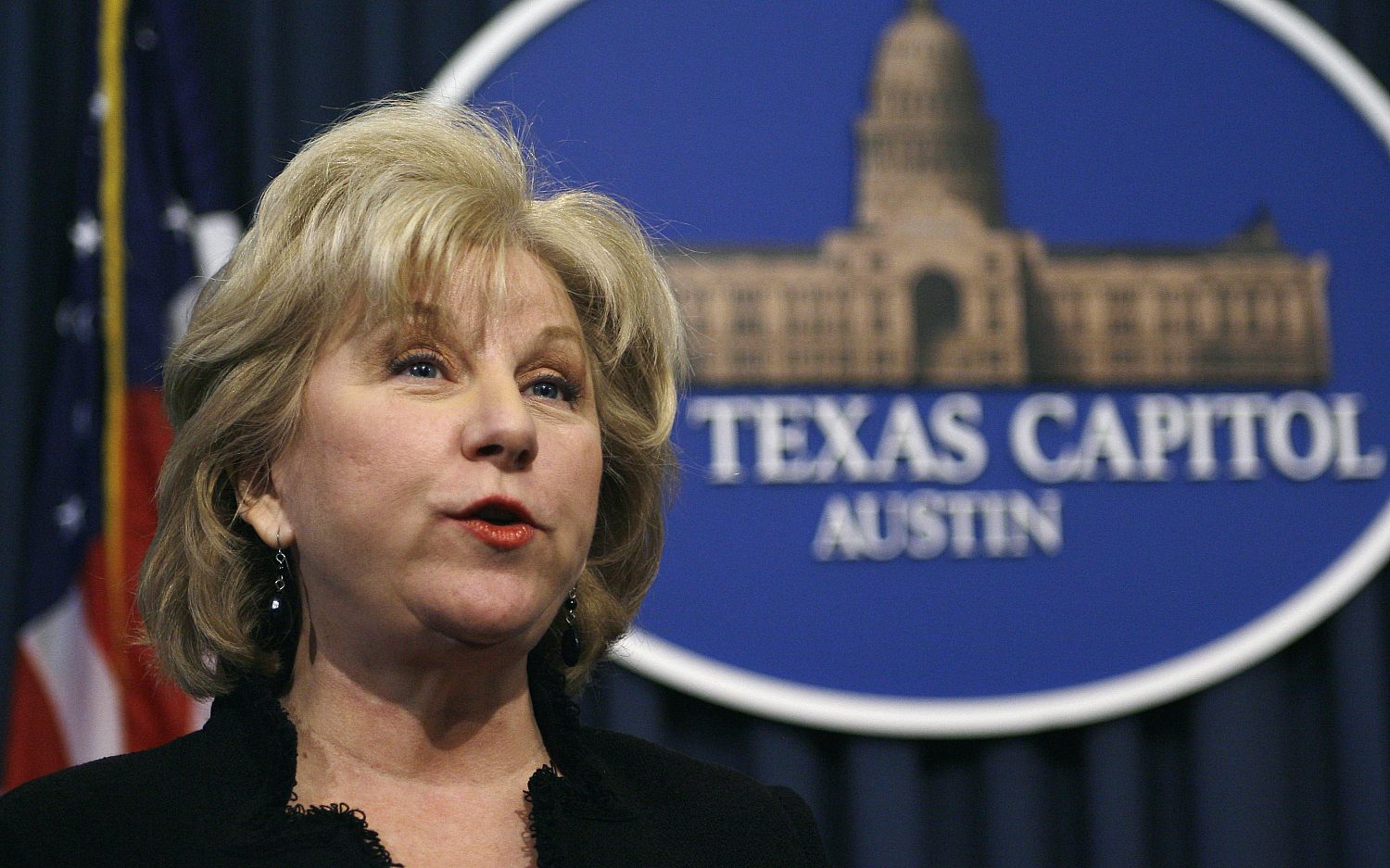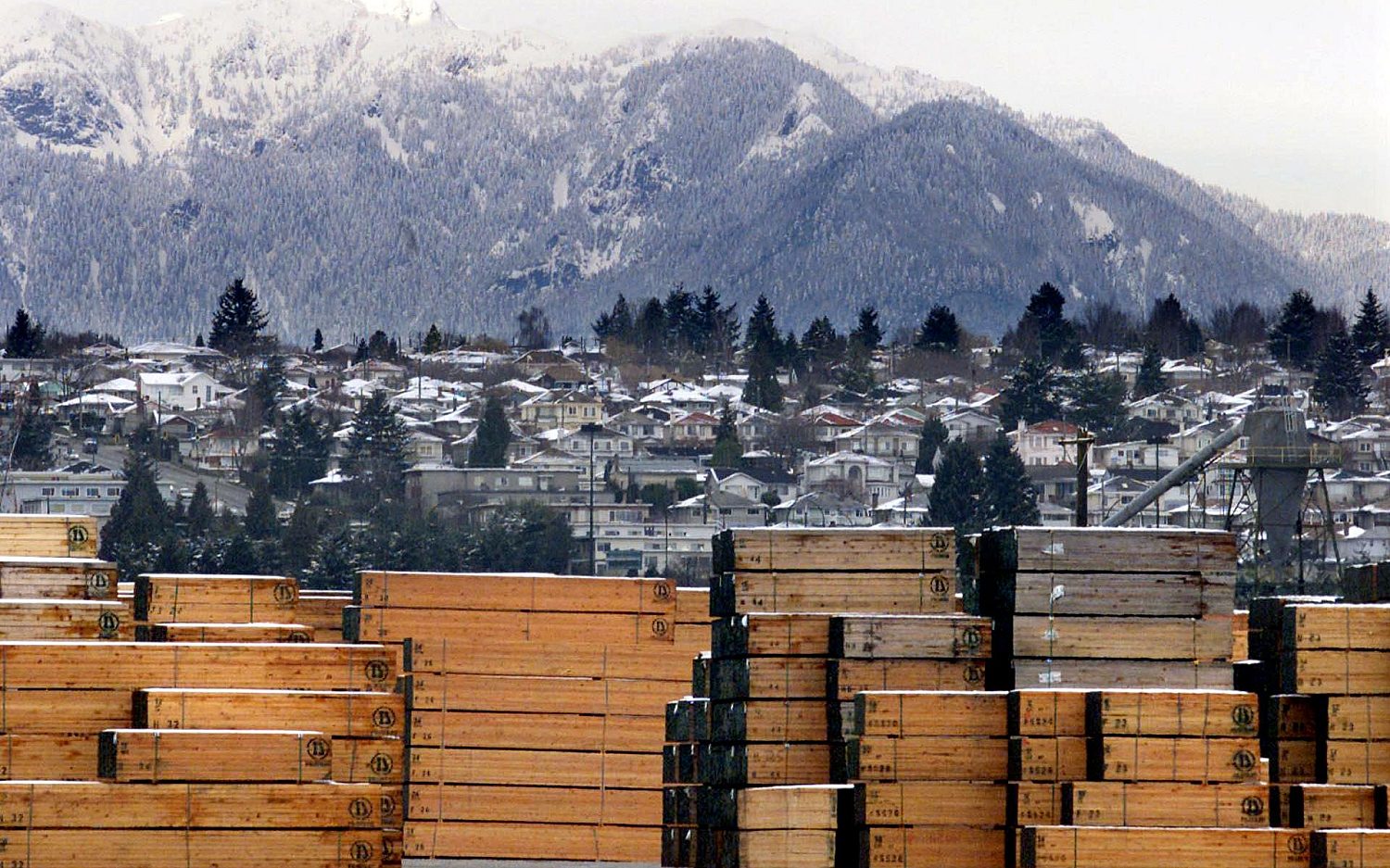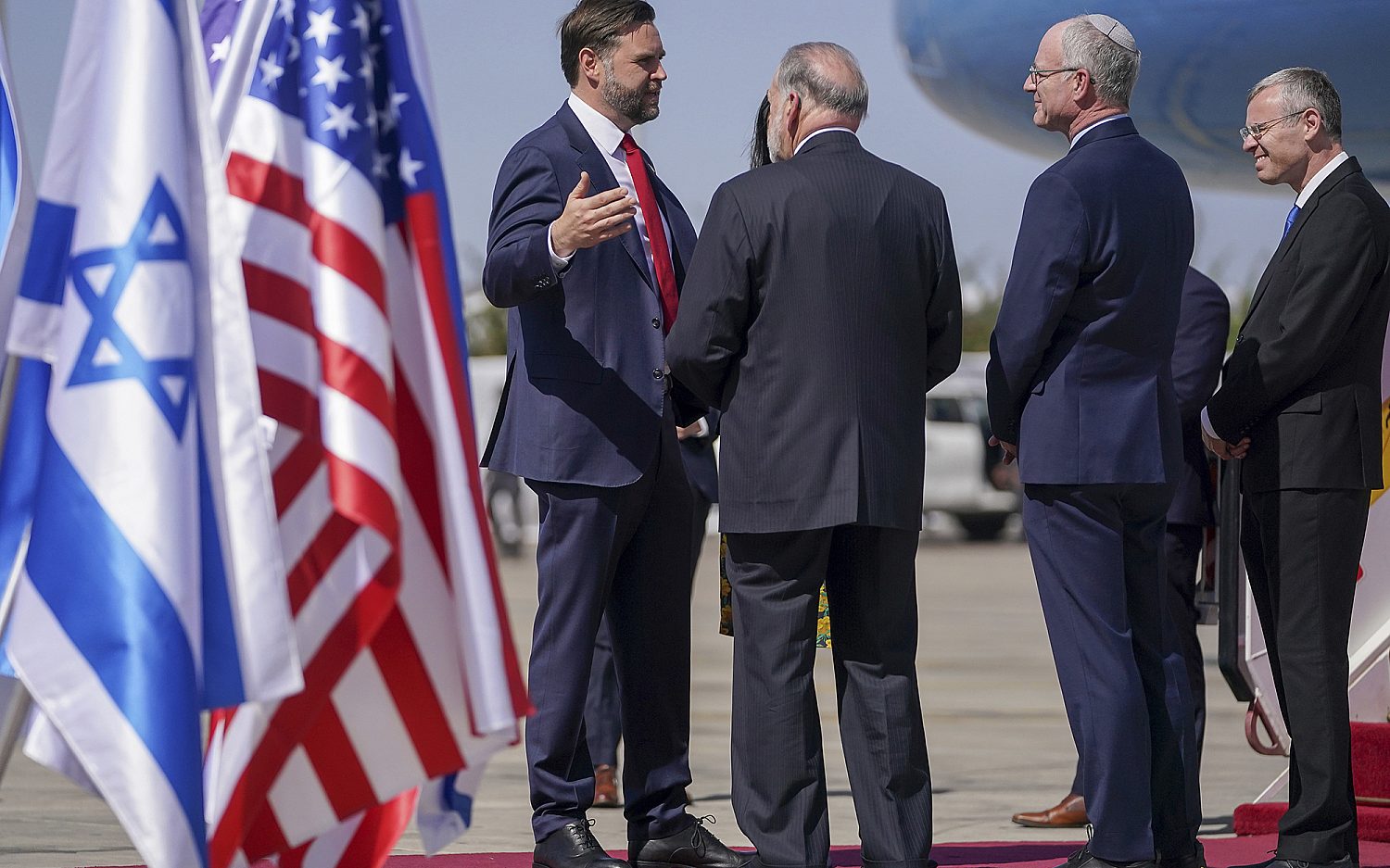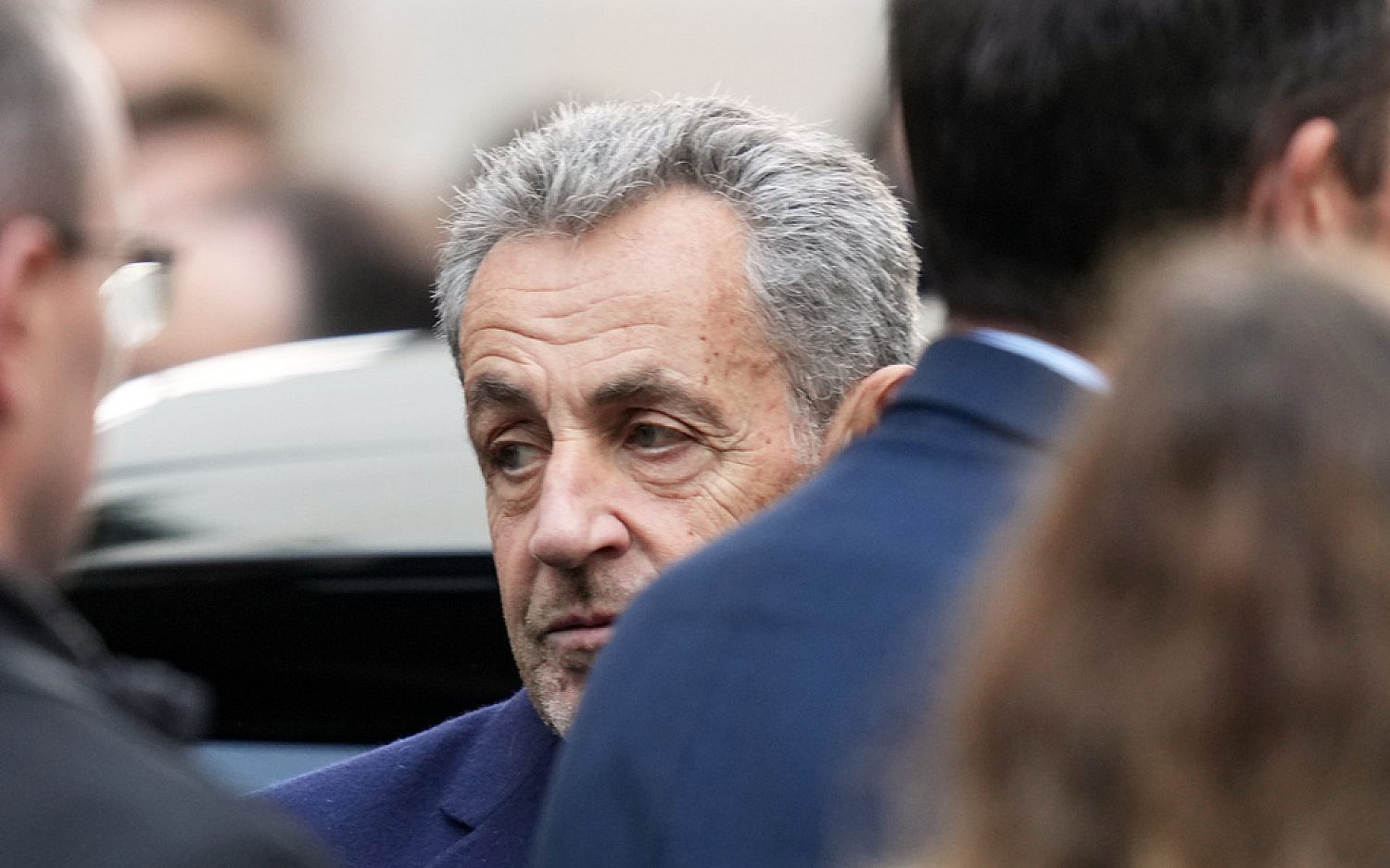Is U.S. policy putting child immigrants in danger?
WASHINGTON—During a visit this summer to a Department of Homeland Security facility in McAllen, Texas, Genevieve Wood saw 300 immigrants packed inside and 500 more outside. Red tape sectioned off those with skin infections or lice. A worker told Wood, “If we were running a jail, we would be shut down.”
Wood, a Heritage Foundation expert, said U.S. policy is contributing to the immigrants’ misery. “The problem is that we’re allowing people to stay that shouldn’t be allowed to,” she said. “They’re in facilities that were not made to house people.”
This week, a series of hearings in the House of Representatives has examined the sudden increase in illegal immigrants, particularly unaccompanied children, causing what many are calling a humanitarian crisis for the United States. Though some policymakers in Washington point to the violence and poverty in the immigrants’ home countries as the children’s primary motive for coming to America, others, including Wood, place responsibility on the Obama administration and what she calls its lax enforcement of immigration policy.
Last fiscal year, U.S. Customs and Border Protection agents apprehended about 26,000 unaccompanied children at the southwest border. This year, that number has jumped to 52,000 as of mid-June. About three quarters of the children come from Guatemala, El Salvador, and Honduras.
Rep. Bob Goodlatte, R-Va., chair of the House Judiciary Committee, cited a report in which many children said they came to America to take advantage of the “free pass” (known as “permisos”) they believe U.S. officials are issuing. Goodlatte said the message being sent by the administration’s “non-enforcement of our immigration laws” is tragic because it encourages children to undertake an extremely dangerous journey.
Some lawmakers insist the wave of children crossing the border results from increasing levels of violence and gang activity in the countries of Honduras, El Salvador, and Guatemala. For the past four years, Honduras has had the highest rate of murder in the world. Other lawmakers question whether this is enough to create a doubling of child immigrants in one year.
Wood believes the Obama administration also is sending the message of amnesty across the border. She pointed to Obama’s 2012 Deferred Action for Childhood Arrivals, the decision to delay deportation for some undocumented immigrants who came to the United States as children. Even though it does not apply to children who are crossing the border today, Wood said it contributes to the impression that those who enter illegally will be allowed to stay.
In a hearing with House lawmakers, Jeh Johnson, Secretary of the U.S. Department of Homeland Security, said smugglers are creating misinformation campaigns so parents will pay them to bring children to America.
A 2008 law aimed at protecting children requires the Border Patrol to transfer unaccompanied children who are not from Mexico to the Department of Health and Human Services. The agency places the majority of children with family members or friends in the United States, some of whom, according to Brandon Judd from the National Border Patrol Council, might be illegal immigrants themselves. The children still face deportation, but in a backlogged system, that could take years, assuming they show up to court at all. “We have to be honest with ourselves,” Judd said. “Most … simply fail to appear and blend into the community.”
Rep. Peter King, R-N.Y., noted that for families in Guatemala or El Salvador, the system’s realities amount to a free pass: “It’s a much better life for them than they’re getting right now in Central America.
Compassion compels people to care for the children who have risked the dangerous journey to seek refuge in the United States, even though it might encourage more to come. “Jesus Himself was a child migrant fleeing violence,” Mark Seitz, bishop of the Diocese of El Paso, Texas, reminded lawmakers. At the same time, he encouraged the United States to use compassion in the immigrants’ native countries so they would have no need to leave.
The immigrant children are part of a complex political and humanitarian problem, and as Seitz said before the House Judiciary Committee on Wednesday, “A good deal of prayer would be a good idea.”
An actual newsletter worth subscribing to instead of just a collection of links. —Adam
Sign up to receive The Sift email newsletter each weekday morning for the latest headlines from WORLD’s breaking news team.




Please wait while we load the latest comments...
Comments
Please register, subscribe, or log in to comment on this article.